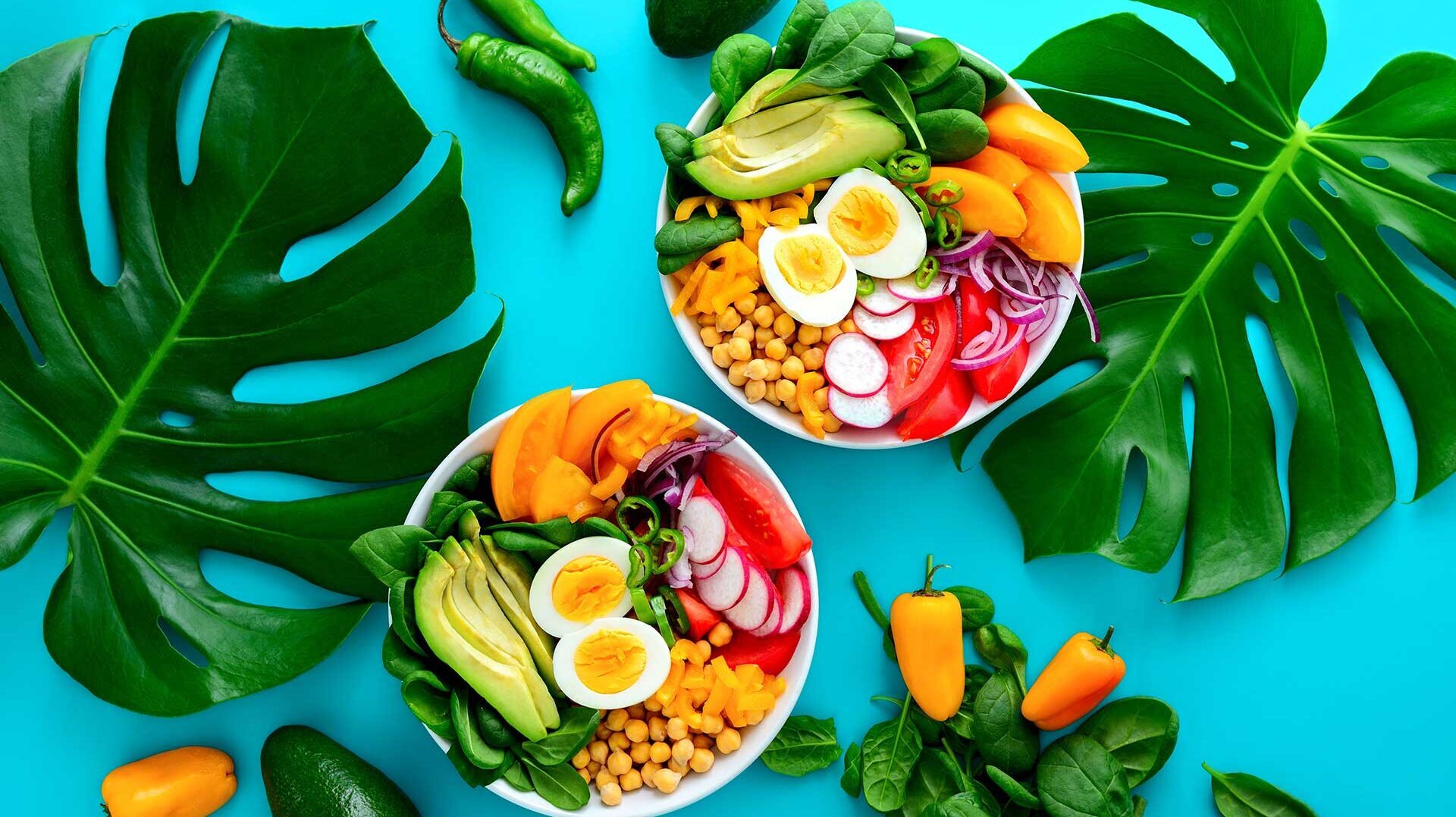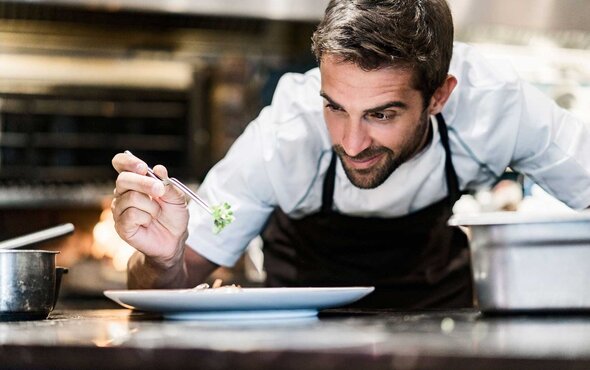(Harry Gatterer, Managing Director at Zukunftsinstitut, Frankfurt)
Food is more than just nutritional intake. It is about enjoyment, socialising, health and happiness. Cooking is an art form. What and how we eat is influenced by our culture and society—and, increasingly, it expresses our outlook on life.
Food can bring people together or push them apart. ‘These days, food has become a powerful means of communication,’ writes renowned food trend expert Hanni Rützler in her respected ‘Food Report 2020.’
Restaurateurs and chefs are at the centre of all of this ... and it can be scary. But it doesn't have to be. There is huge potential in the growing significance of food. Plus, despite media reports of growing numbers of restaurant closures and the age-old problem of finding staff, industry sales in Germany grew year on year from €30 billion in 2011 to over €39 billion in 2017. Statistics portal, Statista, predicts further growth, reaching €45 billion by 2023. The out-of-home market is growing in the USA, too, with sales of $560 billion in 2017 predicted to rise to over $627 billion by 2020.
THESE TRENDS CAN MAKE OR BREAK BUSINESSES SO RESTAURATEURS SHOULD GET TO KNOW THEM!
SNACKIFICATION
Hanni Rützler calls it, ‘The end of mealtimes as we know them’. By that, she means that several smaller meals will replace the traditional breakfast-lunch-dinner pattern. One reason for this is that nobody is eating at home with their family anymore. We all eat in the office or we eat out. However, these snacks have the nutritional value of a full meal. They are just small. They are things like Buddha bowls, tapas, ramen, smoothies and sushi, just as much as (vegetarian) souvlaki and burgers made from artificial meat. ‘Anything, anytime,’ as the saying goes. Some longer established trends play into all of this as well: wholefood, organic, regional, fresh, fairly traded, vegetarian or even vegan options.
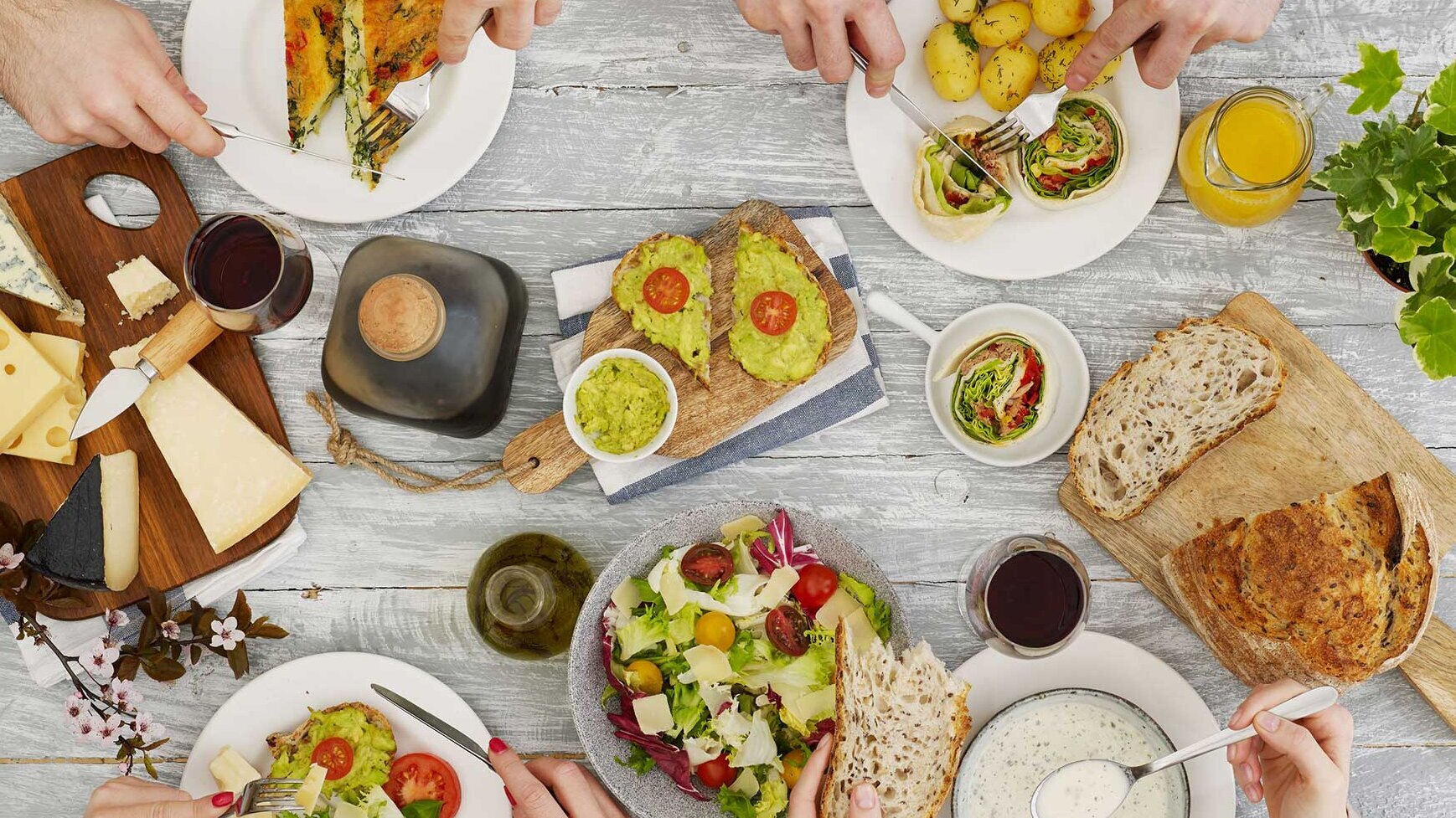
We advise restaurateurs not to try and have their fingers in all of these pies! Specialising in one area makes sense, economically and otherwise. You can find ideas for how to apply all this in our article on ‘Food service concepts – how restaurants, bars, and cafés are pulling in the crowds.’
Hanni Rützler, food expert, trend analyst, author of ‘Food Report 2020’
FLEXITARISM
In layman's terms: if meat is not the centrepiece of someone's meals but they are not vegetarian or vegan, they are flexitarian. When flexitarians do eat meat or fish, it has to be high quality and organic. According to the online portal Statista, around 5% of Europe's population are flexitarian and in the USA it is 6%. In Asia and Africa, flexitarians already account for 16% of the population. Flexitarians are motivated by the health benefits of their diet, and combating factory farming and its negative impact on the environment.
Greenpeace calculates that livestock farming causes around 20% of global greenhouse gas emissions globally. They also thought increased meat consumption is harmful to health. The German Nutrition Society (DGE) recommends a meat intake of just 300–600 g per week. Yet, in Germany, average per capita meat consumption is around 700 g per week. Even the World Health Organization (WHO) has issued official advice to eat less red and processed meat due to the increased cancer risk. Flexitarians have therefore found the right and sustainable route towards better health and protecting our environment.
VEGETARIANISM AND VEGANISM
Consciously eating meat free is not a new idea. The ancient world also had its share of people choosing to eat a plant-based diet for health or religious and ethical reasons. ‘Everything that humans do to animals will come back on humans,’ was Pythagoras' ethos behind his vegetarianism. There are even rumours that Leonardo da Vinci was a vegetarian. Today, 2.5 million people (12.1% of the population) in Australia now eating all or almost all vegetarian. For cultural reasons, that figure is much higher in Asian countries. In India, for example, 38 % of people are vegetarian. The vegetarian food available in Asia is the inspiration behind the current trend for Buddha bowls which combine grains, vegetables and fruit.
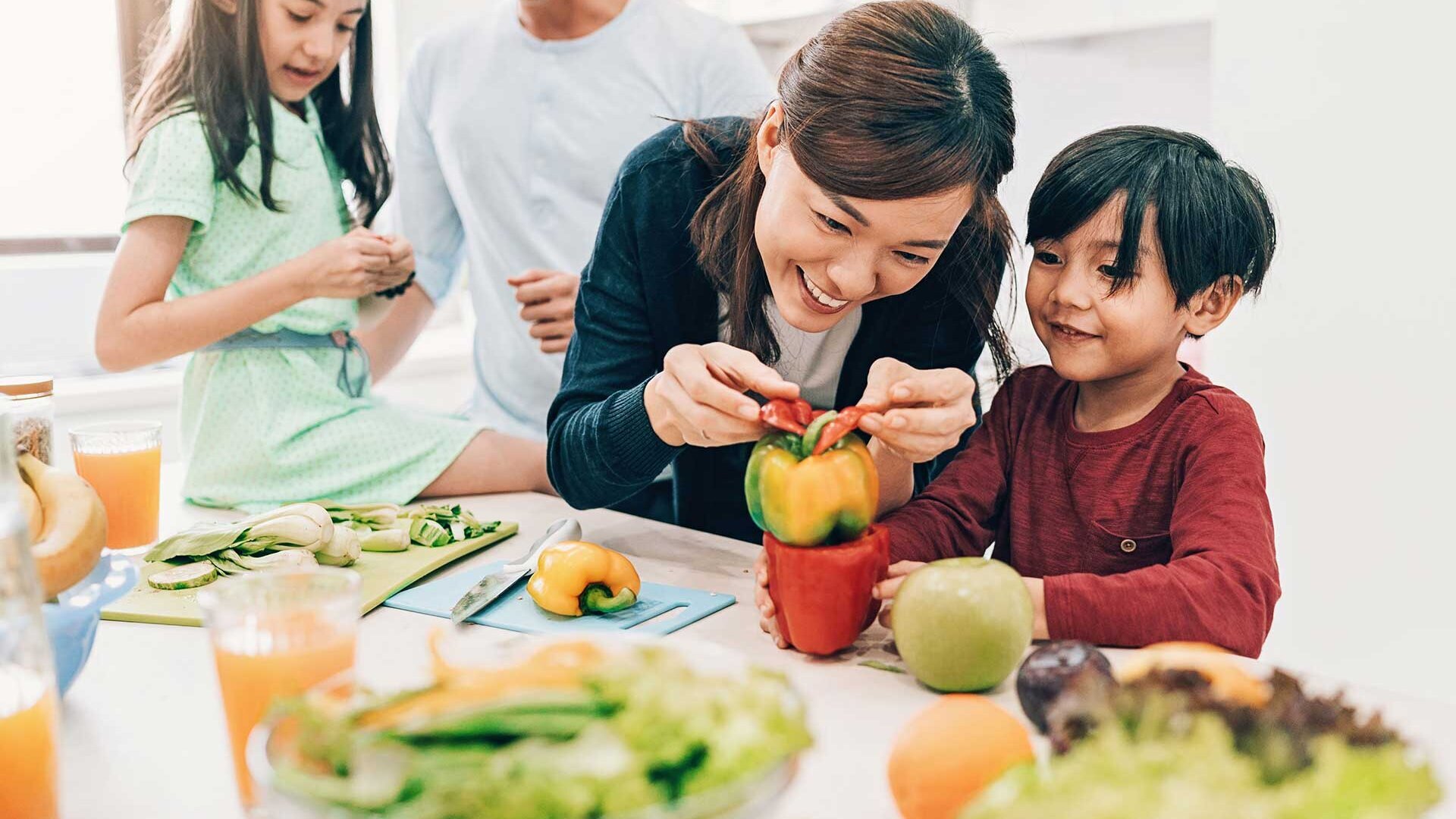
The figures may seem small at first glance but, despite that, vegetarians and vegans are definitely responsible for the plant-based boom within the food industry. When we consider efforts to improve animal welfare on farms and to reduce the CO2 emissions caused by livestock rearing, it is clear that vegetarianism and veganism have earned a special place as a sustainable trend within the food service sector—and most businesses have already adapted. Together with organic produce from the local farm and made into local specialities in the kitchen, it is the key to reaching an ever-growing target market.
THE REST OF THE WORLD IS EATING INSECTS – WILL AUSTRALIA FOLLOW SUIT?
There is one (meat-free) food source that is just starting to hit Europe: insects. If you have been on holiday to Thailand or India, you will be familiar with the boxes of creepy crawlies available on the markets. Although Australia’s edible insect industry is in its early stages, it is steadily growing in the past 12 months. According to the Insect Protein Association of Australia, the number of insect farmers across Australia has more than doubled what it was a year ago. So why should we eat these critters? Well, they contain valuable protein, fats and B vitamins, and they are resource efficient to farm.
50 INGREDIENTS THAT WILL CHANGE THE WORLD
The ‘Future 50 Foods’ report was published in 2019 by Knorr and the World Wide Fund for Nature (WWF). It identifies 50 foods which are sustainable, provide the human body with everything it needs and are tasty, too! Many foods on the list are good old favourites like spinach, lentils, watercress, red cabbage, amaranth, and walnuts—but it also contains some lesser known options like wakame seaweed and orange tomatoes.
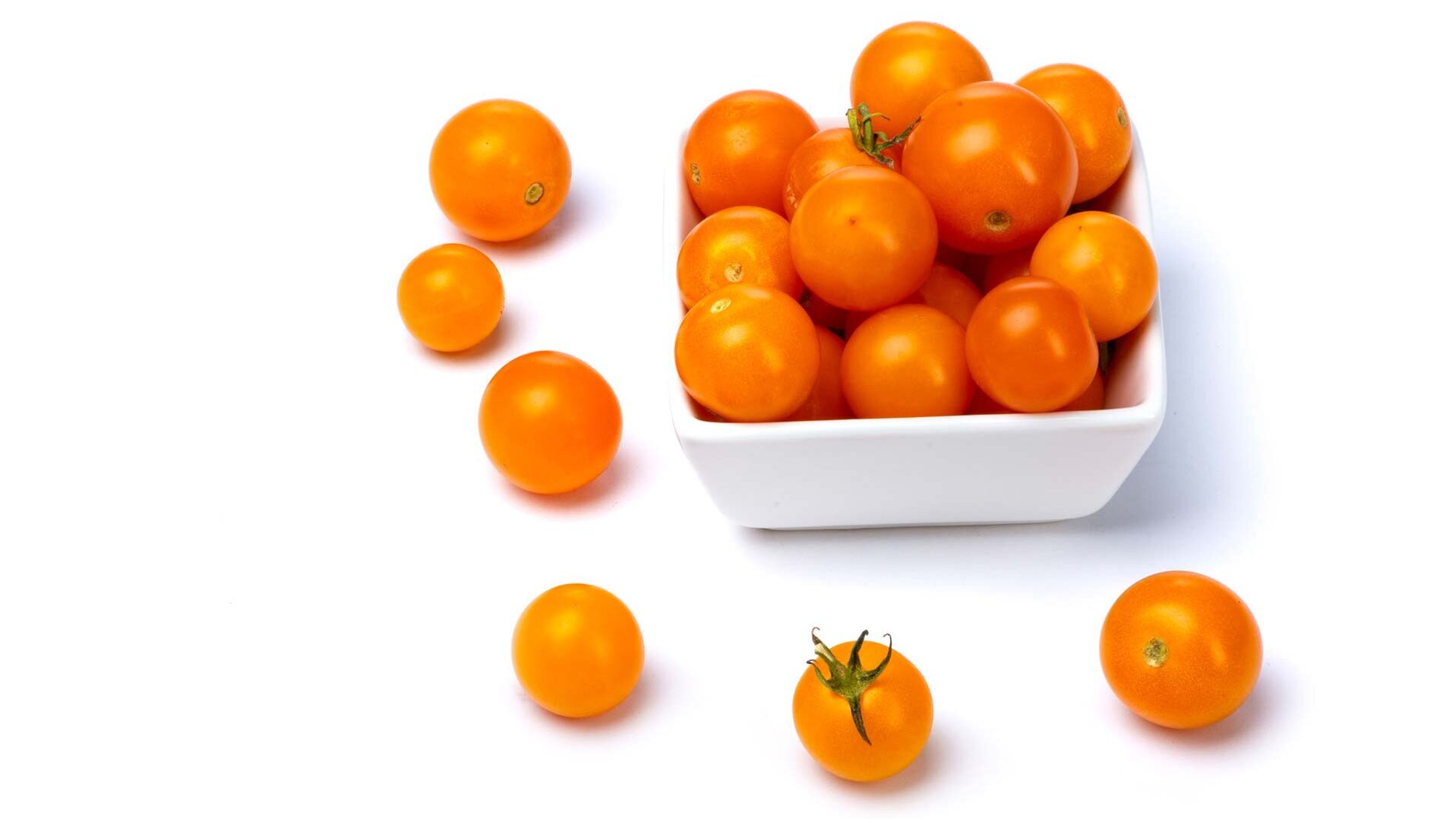
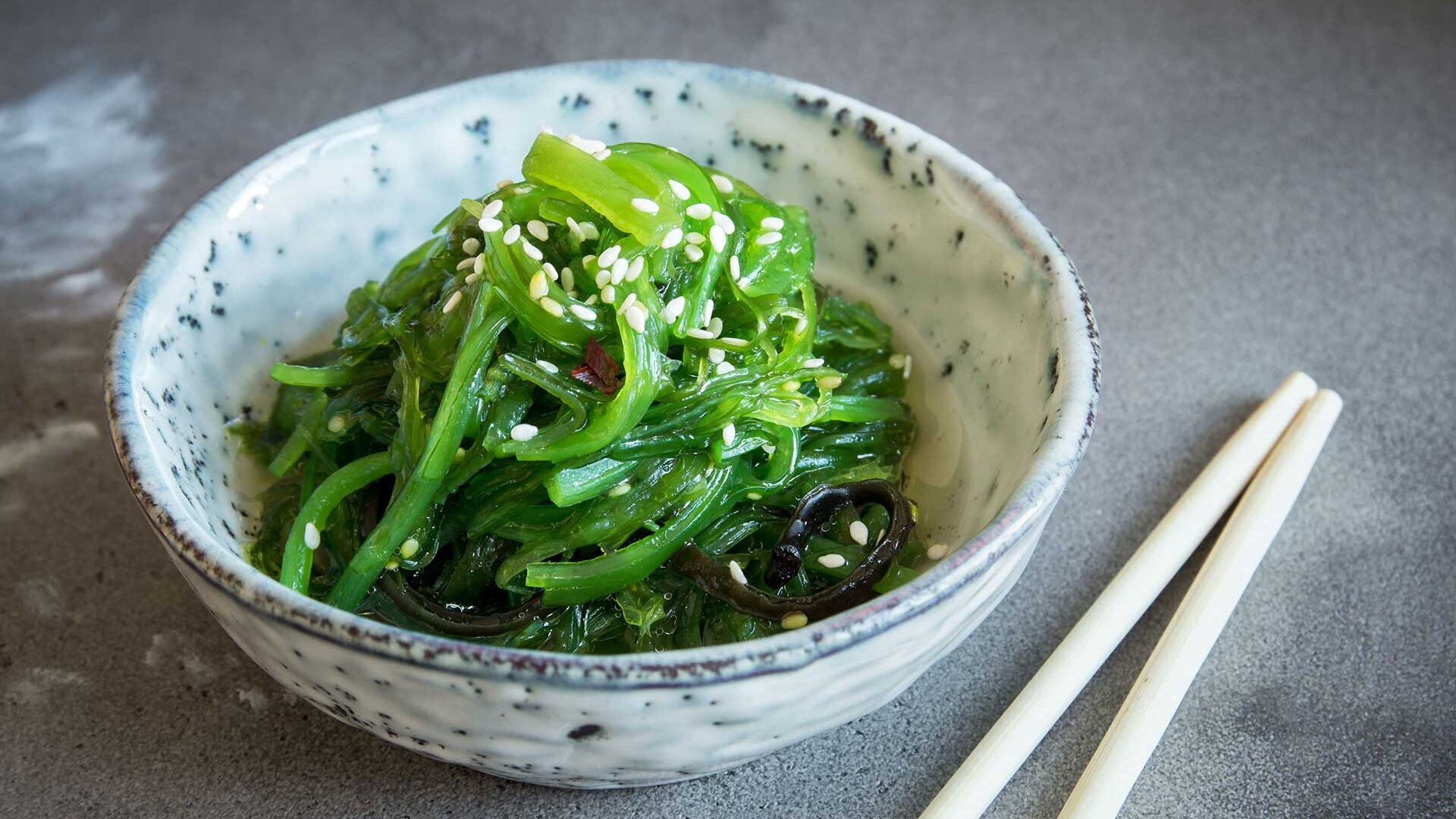
JELLYFISH – THE NEW SUPERFOOD?
‘Jellyfish are nutrient rich and offer a similar taste and texture profile to oysters. They may be approved as a new food source and, if so, they may help to ease the burden on overfished areas according to EU funded research.’ This is the news from online platform foodnavigator-usa.com in a report on research carried out at the Italian Institute of Sciences of Food Production. In reality, though, the concept is not new. Jellyfish are actually a traditional delicacy in Asian cuisine.
SUSTAINABILITY
AVOIDING SINGLE-USE PLASTICS
Did you know that the average human ingests approximately 5 g of microplastics every week via food, drinking water and just breathing? That is roughly equivalent to the weight of a credit card (source: nature charity WWF). No wonder, the Australian Packaging Covenant Organisation—a partnership between federal and state governments and industry—has agreed to work collaboratively to phase out of “problematic and unnecessary single-use plastics packaging” by 2025.
Climate change, reduced CO2 emissions, sustainability: the food service industry cannot ignore these issues because their importance to customers is growing all the time, especially with food. Now there is an initiative to support restaurant managers who wish to source ingredients and cook more sustainably: Greentable. It was founded by restaurants, cafés, producers and suppliers who use sustainable practices all working together.
Greentable is committed to ‘valuing food, including regional and seasonal cuisine, to combating climate change and to social responsibility.’ The average CO2 emissions of a menu item currently stand at 1,583 g (source: Greentable). The founders aim to cut this in half. Restaurants that adhere to the “best practice” suggestions of the program will be awarded with a Green Table logo that they can proudly put on display at their restaurant.
Restaurant owners can also make impactful, sustainable changes in how they procure and store their food. They should avoid single-use plastics and minimise the waste they produce.
SO WHAT'S NEXT?
Snackification, flexitarianism and vegetarian or vegan cuisine are food trends that will have a lasting impact on food culture in our society. It is now up to restaurant managers to transform these trends into practical concepts and apply them. See our article on ‘Food service concepts’ for inspiration.
